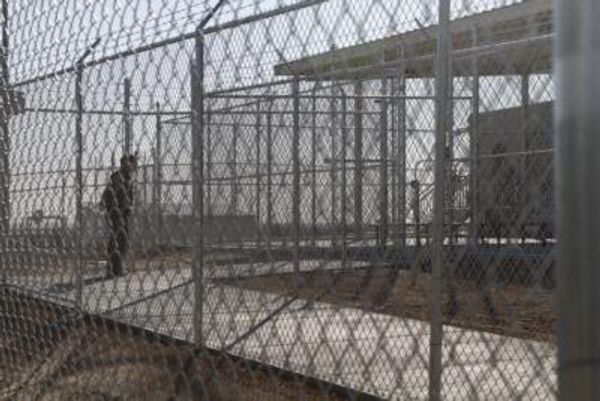
Well, that about wraps it up for real wages growth for the time being — it lasted less than three months at most, going on yesterday’s March quarter Wage Price Index (WPI) data from the Australian Bureau of Statistics.
The WPI rose 0.8% in the three months to March, down from 1% in December and less than market forecasts of 0.9%. Private sector wages rose 0.8% — as the ABS said, “this is the first time that private sector annual wage growth has fallen since September quarter 2020” — while public sector wages barely ticked over, with growth of 0.5%.
That meant an annual rise of 4.1%, compared to 4.2% in the final quarter of 2023, which was the consensus forecast. That 4.2% is also the forecast from the Reserve Bank for June and just above the 4% forecast in the budget papers.
On an annual basis, wages grew in real terms — 4.1% compared to 3.6% CPI in March — but with the consumer price index rising 1% in the March quarter, it means real wages fell behind at the start of the year.
On Tuesday, Treasury said in the budget papers “moderating inflation and a pick-up in wage growth resulted in a return to positive annual real wage growth at the end of 2023. Real wages are expected to rise by half a percent through the year to the June quarter 2024.”
Workers will need another monster period of wages growth in the current quarter, akin to last September’s 1.2%, for the RBA’s forecast to be correct (yes, what a shock that the RBA’s wage forecasts might be too optimistic). Anyone out there currently getting big wage rises? Anyone? Anyone?
So much for the “wage-price spiral” we’ve been told incessantly by the galahs at the Financial Review was driving up inflation, even as corporate profiteering smashed households. The AFR has invoked a “wage-price spiral” dozens of times in its op-eds and reporting since 2022, and it has never eventuated.
Less than a month ago, someone seriously wrote “Any lay business owner can now see that we are on the precipice of an insidious wage-price spiral”. Who knows what a “lay business business owner” actually is — brothels, perhaps? — but it’s a wage-price spiral so insidious no-one can actually see it.
One respected economist wrote only a couple of weeks ago that there was “a kind of wage-price plateau that is keeping interest rates higher for longer.” Precipices? Plateaus? Workers would be chuffed with either, rather than the prospect of wages growth slumping back into the 3% range.
Ditto the Reserve Bank, which since 2022 repeatedly warned of or discussed a “price-wage spiral”, as it delicately likes to call it, but at least the central bank occasionally bothered to look at reality, and the references have all but dried up in recent months under Michele Bullock, leaving the term as an artefact of the Philip Lowe era of benign indifference to corporate profiteering.
Will the AFR offer any apology for their incessant blaming of workers for inflation? Will Philip Lowe? Like hell.
One of the reasons to expect that wages growth will go backwards still further in the current quarter is that award-related impacts on growth are front-loaded in the financial years — they tend to be big in the September quarter, after the Fair Work Commission’s annual minimum wage decision is implemented, and tail off thereafter, meaning by the June quarter any award-related growth is zero.
There’s a similar, smaller pattern with enterprise agreements, with new agreements often commencing on July 1 before their impact fades in subsequent quarters.
As sectors like aged care and child care — where there are plenty of minimum wage workers — and large public sector-dominated industries like health care and education continue to expand their role as our biggest employers, the June quarter will increasingly be a dead zone for wages growth.
That’s why even the government’s 4% forecast for the year to June might be in danger — with the wage-price spiral fantasy of neoliberal clowns looking all the more absurd.







